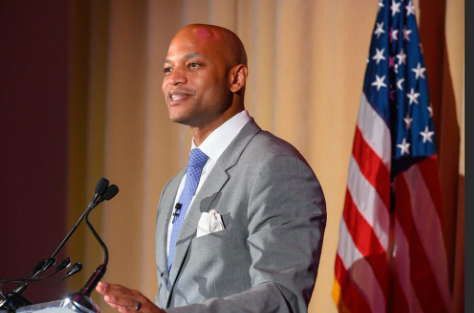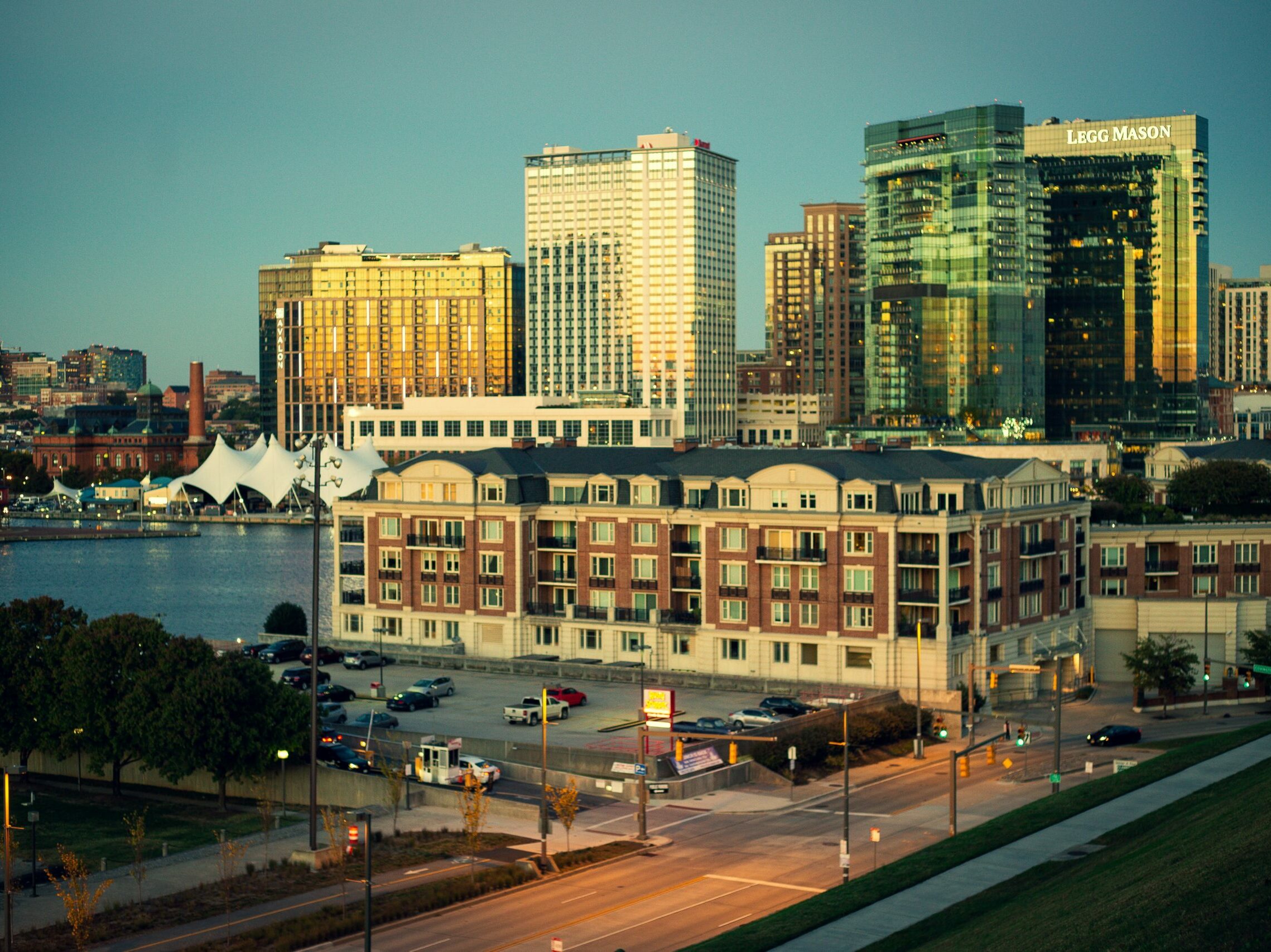Is Worley the right top cop? Burden is on Baltimore City Council to weigh his merits, sans national search.
Last month, Mayor Brandon M. Scott raised some eyebrows with an abrupt changing of the guard in city police commissioners, bidding farewell to Michael Harrison while announcing that then-Deputy Commissioner Richard Worley would be the mayor’s pick for this critical leadership role. Given sensitivities in a city where constitutional policing remains an aspiration, if not always a reality, it’s surely no surprise that some people were disappointed not to have had the mayor’s ear on choosing a new commissioner and were calling for a national search to be conducted.



